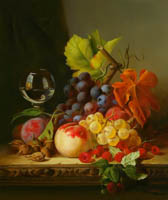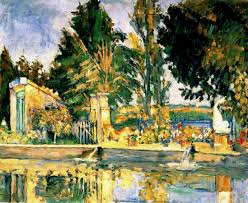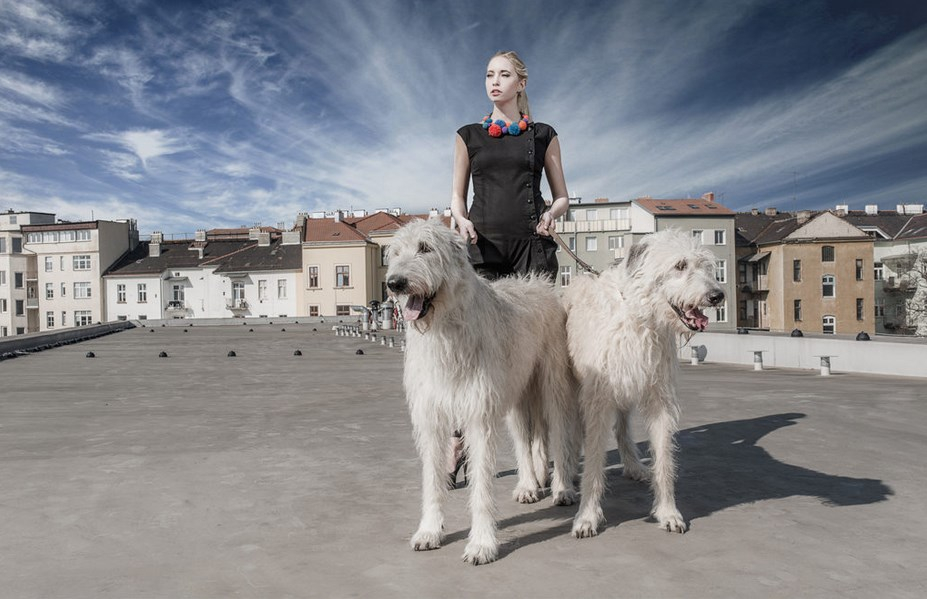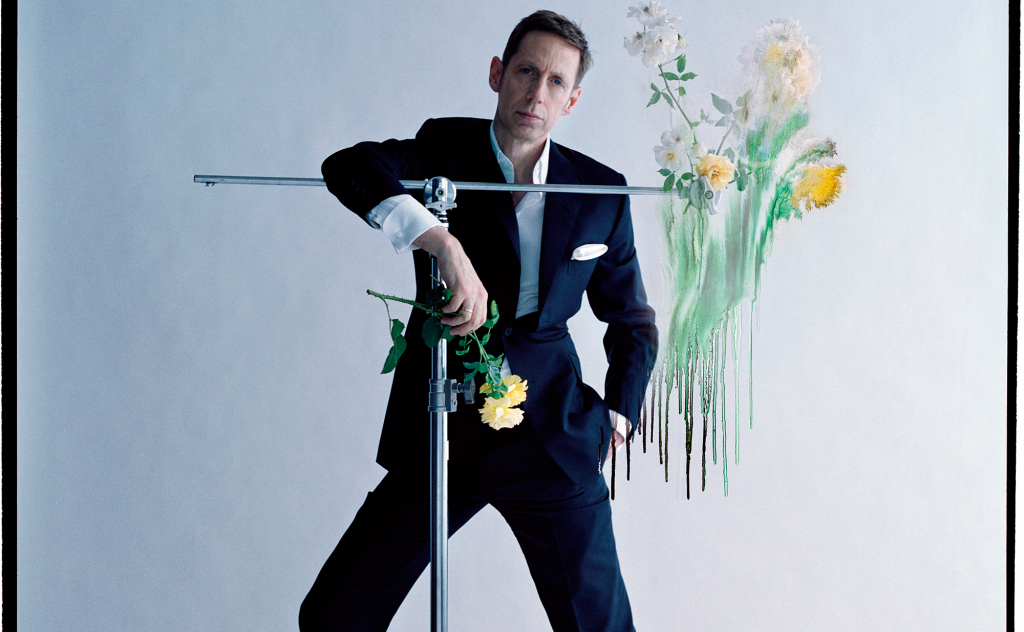QUIET PHOTO HUNT. HOW TO PHOTO MUSHROOMS
 Despite the fact that advanced digital photography technologies have made the process of photographing much easier, and now you can instantly evaluate (although very approximately) the result obtained on the camera screen, nevertheless, shooters manage to make the most simple, incredibly common and extremely annoying mistakes and mistakes , it would seem, in a rather simple case – photographing mushrooms.
Despite the fact that advanced digital photography technologies have made the process of photographing much easier, and now you can instantly evaluate (although very approximately) the result obtained on the camera screen, nevertheless, shooters manage to make the most simple, incredibly common and extremely annoying mistakes and mistakes , it would seem, in a rather simple case – photographing mushrooms.
Autumn can be loved at least because this season it is possible to combine several pleasant activities in one: relax in nature, pick mushrooms and do your favorite hobby. And yes! Then brag about their findings, because mushroom pickers take an honorable second place in boasting after fishermen.
The development of digital photography and the ability to view the results made the practice of creating photographs much easier, and training in photography is very visual. Despite this, we are still faced with full baskets, not the picked mushrooms, but the most common mistakes that spoil the frame for the photographer.
Here is a list of the most common mistakes that can not be repeated!
Blur image.
One of the most common problems, which makes a lot of photos after a photoset useless rubbish. The blur of the image goes far beyond the scope of aesthetics, but there is no photographer who at least once has not been the victim of this error at one time or another. There are several main reasons why image blur occurs:
Firstly, there may be a problem with focusing when the main subject is out of focus. Easy-to-use “soap dishes” sometimes do not make it clear where the focus is. As a result, one can often observe that the background, and not the main object, is in the sharpness zone;
secondly, camera shake when shooting at a slow shutter speed, or a shake of the photographer’s hand due to an unstable position will make the image blurry.
Such a mistake is more typical, of course, for beginners or those who are completely unfamiliar with the concept of exposure. A tripod or a monopod can be saving, which is much more convenient for mushroom pickers due to its compactness and comfortable wearing, but if it is not, the photographer must remove it from his hands with decent technical quality, so you need to try to open the aperture to f5.6-f8, increasing thus shutter speed, sacrificing depth of field;
thirdly, too shallow depth of field. What should be the depth of field when shooting mushrooms remains an important issue even for professionals. Due to the fact that high aperture values are used, which automatically drag over a longer exposure time. Due to the fact that the dimensions of the captured subject are located over a large area from the focus point, it often turns out in photographs that only one small part (relative to everything else) remains in sharpness;
fourthly, the small screen of the camera often does not make it possible to determine how clear the picture is, and the error appears only on the big screen.
One strategy to get better depth of field is to increase the aperture by more than f16, preferably f20-f32, and extend the exposure time. As you understand, a tripod or monopod in this case is a must! Since mushrooms usually do not grow in sunny meadows and most often in cloudy weather, when there is little light.
The next misfortune that awaits the naturalist photographer may be a disastrous compositional solution. Even mushrooms need to be removed, thinking! And even in such a straightforward photograph, you can show both the volume and the beauty and context of the picture, if you want, you can convey the smell, taste, and color of the object being shot with a picture. If only…
… if only the main topic does not occupy 1/100 of the entire image area
… unless the first finally caught mushroom is not photographed, regardless of its condition and aesthetic beauty. With rare exceptions, old mushrooms make a proper impression on the viewer.
The category of highly qualified annoying errors include shooting in direct sunlight or in places where there are sharp shadows. The results of such a photo shoot will be terrible. It is amazing that some people continue to do this again and again, as if enjoying poor results.
A simple solution is to block direct sunlight using some means: a reflector, you can close the sun by yourself, or use a wardrobe trunk to shade the subject from direct light. You only need to be a little careful. A certain amount of light can pass through the fabric, then the color of the clothes will be reflected. A yellow shirt, for example, when used as a blocker, will give yellow in the entire photo.
Color resolution. The most unpleasant thing a photographer can expect is where it is least expected.




